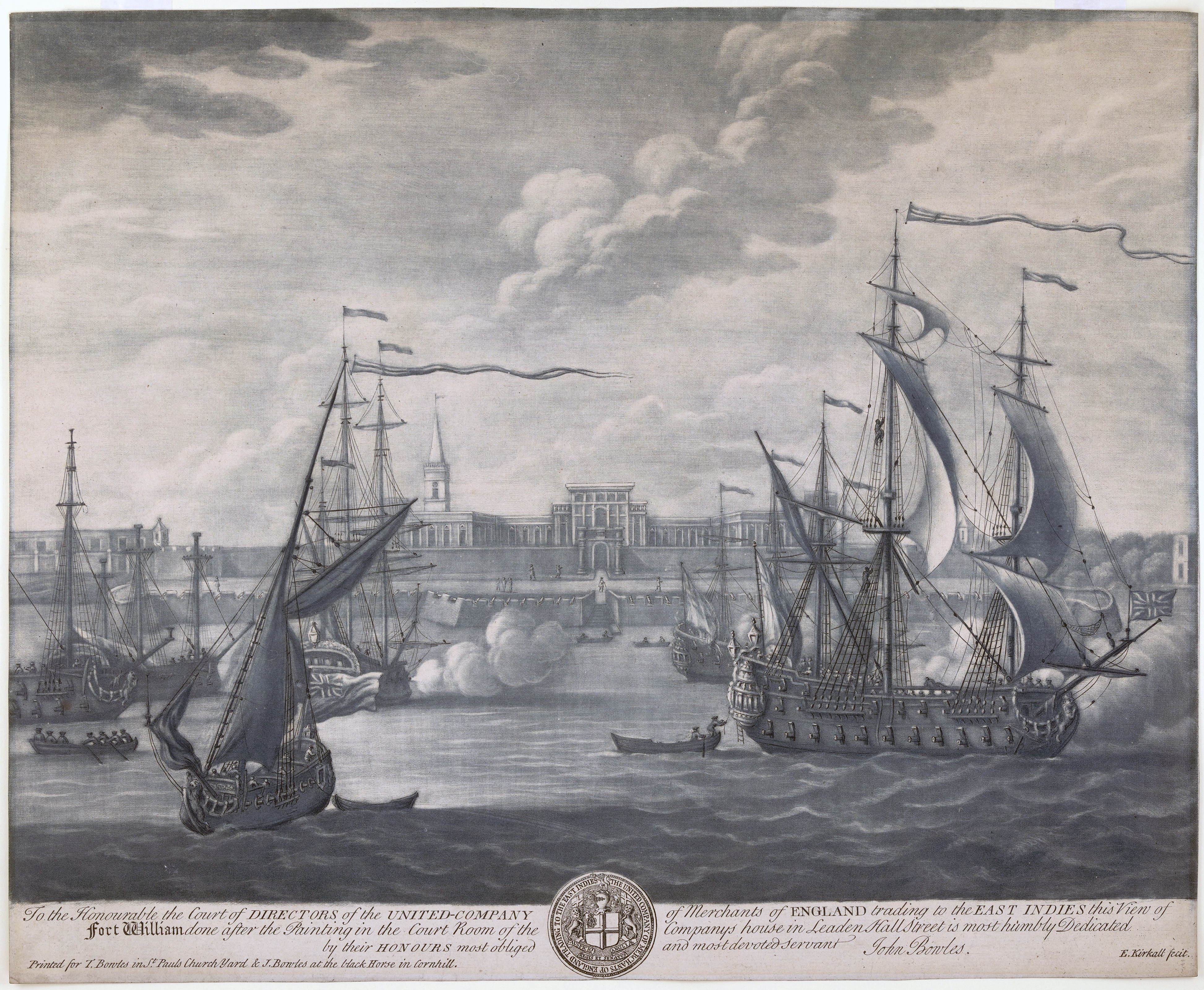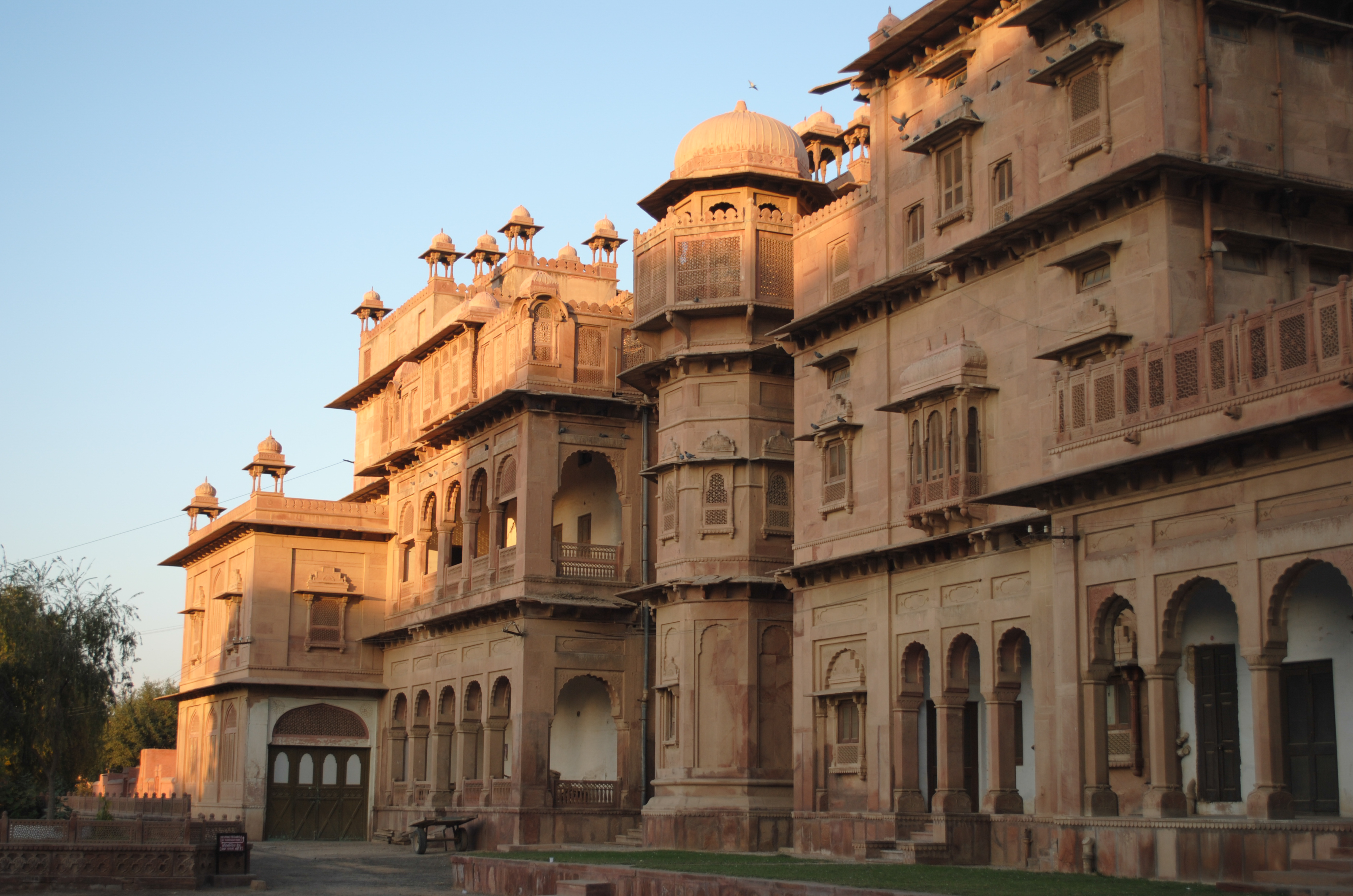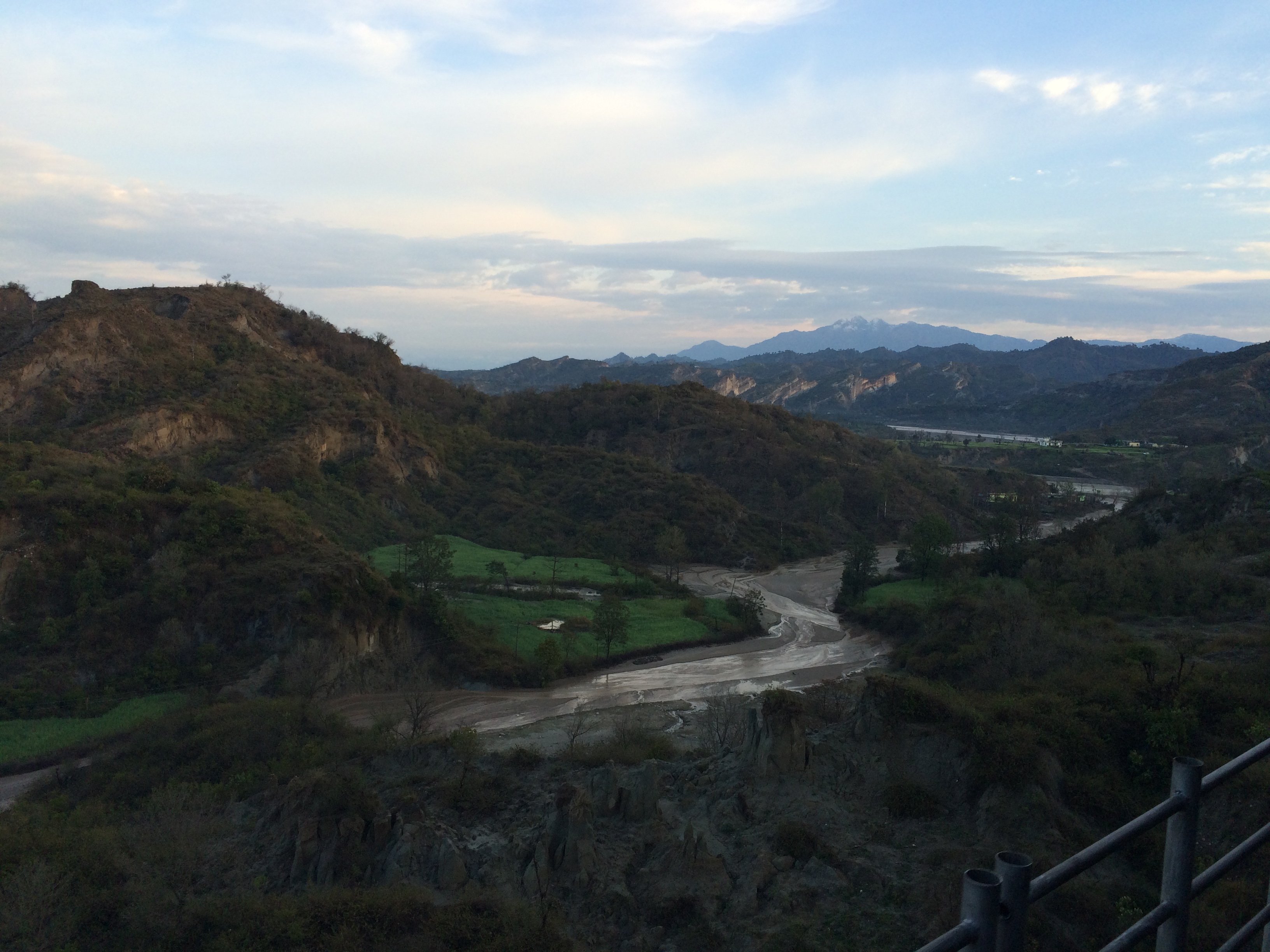|
Chamba State
Chamba State was one of the oldest princely states in present-day Republic of India, having been founded during the late 6th century. It was part of the States of the Punjab Hills of the Punjab Province of British India from 1859 to 1947. Its last ruler signed the accession to the Indian Union of 15 April 1948. Geography Chamba is situated in the bosom of the Himalaya Mountains, and its boundaries are on the northwest, west, and northeast by Kishtwar and Doda district of Jammu region; on the east, Lahaul; and on the southeast and south, the districts of Kangra and Gurdaspur. The Ravi River flows through this district, and many hydroelectric generating stations have been developed here. History According to tradition, the ancient name of Chamba wal "Champa and the predecessor state was known as "Brahmpur" Later Became Bharmour around 550 AD by Raja Maru Verman Who Came from Kalpagram to Hills of Chamba.In 900s, the capital was Shifted from Bharmour to Present day C ... [...More Info...] [...Related Items...] OR: [Wikipedia] [Google] [Baidu] |
British India
The provinces of India, earlier presidencies of British India and still earlier, presidency towns, were the administrative divisions of British governance on the Indian subcontinent. Collectively, they have been called British India. In one form or another, they existed between 1612 and 1947, conventionally divided into three historical periods: *Between 1612 and 1757 the East India Company set up factories (trading posts) in several locations, mostly in coastal India, with the consent of the Mughal emperors, Maratha Empire or local rulers. Its rivals were the merchant trading companies of Portugal, Denmark, the Netherlands, and France. By the mid-18th century, three ''presidency towns'': Madras, Bombay and Calcutta, had grown in size. *During the period of Company rule in India (1757–1858), the company gradually acquired sovereignty over large parts of India, now called "presidencies". However, it also increasingly came under British government oversight, in effect shar ... [...More Info...] [...Related Items...] OR: [Wikipedia] [Google] [Baidu] |
Kangra District
Kangra is the most populous district of the Indian state of Himachal Pradesh. Dharamshala is the administrative headquarters of the district. History Kangra is known for having the oldest serving Royal Dynasty in the world, the Katoch. In 1758, Raja Ghamand Chand was appointed ''nazim'' or governor of Jullundur Doab under the Afghans. Ghamand Chand was a brave and strong ruler who restored the prestige of Kangra. As he was unable to capture Kangra fort, he built another fort at Tira Sujanpur on the left bank of the Beas, almost opposite to Alampur on a hill overlooking the town. He died in 1774 and was succeeded by his son, Tegh Chand, who died too soon in 1775. Kangra was annexed by Maharaja Ranjit Singh's Sikh Empire in 1810. Kangra became a district of British India in 1846, when it was ceded to British India at the conclusion of the First Anglo-Sikh War. The British district included the present-day districts of Kangra, Hamirpur, Kullu, and Lahul and Spiti. Kangra Distr ... [...More Info...] [...Related Items...] OR: [Wikipedia] [Google] [Baidu] |
Princely States Of Himachal Pradesh
A prince is a male ruler (ranked below a king, grand prince, and grand duke) or a male member of a monarch's or former monarch's family. ''Prince'' is also a title of nobility (often highest), often hereditary, in some European states. The female equivalent is a princess. The English word derives, via the French word ''prince'', from the Latin noun , from (first) and (head), meaning "the first, foremost, the chief, most distinguished, noble ruler, prince". Historical background The Latin word (older Latin *prīsmo-kaps, literally "the one who takes the first lace/position), became the usual title of the informal leader of the Roman senate some centuries before the transition to empire, the ''princeps senatus''. Emperor Augustus established the formal position of monarch on the basis of principate, not dominion. He also tasked his grandsons as summer rulers of the city when most of the government were on holiday in the country or attending religious rituals, and, for ... [...More Info...] [...Related Items...] OR: [Wikipedia] [Google] [Baidu] |
Political Integration Of India
After the Indian independence in 1947, the dominion of India was divided into two sets of territories, one under direct British rule, and the other under the suzerainty of the British Crown, with control over their internal affairs remaining in the hands of their hereditary rulers. The latter included 562 princely states, having different types of revenue sharing arrangements with the British, often depending on their size, population and local conditions. In addition, there were several colonial enclaves controlled by France and Portugal. The political integration of these territories into an Indian Union was a declared objective of the Indian National Congress, and the Government of India pursued this over the next decade. Through a combination of factors, Sardar Vallabhbhai Patel and V. P. Menon coerced and coalesced the rulers of the various princely states to accede to India. Having secured their accession, they then proceeded, in a step-by-step process, to secure and exte ... [...More Info...] [...Related Items...] OR: [Wikipedia] [Google] [Baidu] |
Rajput
Rajput (from Sanskrit ''raja-putra'' 'son of a king') is a large multi-component cluster of castes, kin bodies, and local groups, sharing social status and ideology of genealogical descent originating from the Indian subcontinent. The term Rajput covers various patrilineal clans historically associated with warriorhood: several clans claim Rajput status, although not all claims are universally accepted. According to modern scholars, almost all Rajput clans originated from peasant or pastoral communities. Over time, the Rajputs emerged as a social class comprising people from a variety of ethnic and geographical backgrounds. During the 16th and 17th centuries, the membership of this class became largely hereditary, although new claims to Rajput status continued to be made in the later centuries. Several Rajput-ruled kingdoms played a significant role in many regions of central and northern India from seventh century onwards. The Rajput population and the former Rajput state ... [...More Info...] [...Related Items...] OR: [Wikipedia] [Google] [Baidu] |
Suryavansha
The Solar dynasty ( IAST: Suryavaṃśa or Ravivaṃśa in Sanskrit) or the Ikshvaku dynasty was founded by the legendary king Ikshvaku.Geography of Rigvedic India, M.L. Bhargava, Lucknow 1964, pp. 15-18, 46-49, 92-98, 100-/1, 136 The dynasty is also known as ("Solar dynasty" or "Descendants of the Sun") which means that this dynasty prays to the Sun as their God and their originator (the Gayatri Mantra is a prayer offered to the Sun God as the Sun is the main deity of the Solar Dynasty), and along with Lunar dynasty comprises one of the main lineages of the Kshatriya Varna. The first ''Tirthankara'' of Jainism, Rishabhdeva himself was King Ikshvaku. Further, 21 Tirthankaras of Jainism were born in this dynasty. According to Buddhist texts and tradition, Gautama Buddha descended from this dynasty. Many later kings of the Indian subcontinent claimed to be of Suryavamsha descent. The important personalities belonging to this royal house are Mandhatri, Muchukunda, Ambaris ... [...More Info...] [...Related Items...] OR: [Wikipedia] [Google] [Baidu] |
Bhadrawah
Bhaderwah or Bhadarwah (also ''Bhaderwah Valley'') is a town, tehsil, sub-division and also additional district in the Doda district of the Jammu Division of Jammu and Kashmir, India. It is also known as Chota Kashmir (Mini Kashmir) for its scenic beauty and for its high literacy rate it is known as Kerala of Jammu and Kashmir. History In 1841, Bhadarwah became part of J&K state. When Maharaja Partap Singh was crowned as king of Jammu and Kashmir, he gifted Bhadarwah to his younger brother Raja Amar Singh as “Jagir”. The Jagir comprised Bhadarwah, Bhalessa and the vast area left of river Chenab from Thathri up to Khellani (Doda). Militancy and Indian Army operations During the 1990s, when militancy was at peak in Doda district, the first attack in Bhaderwah occurred in April 1989. A bomb blast occurred at a bus stand, and four people were killed. *On 14 April 1993, 16 people killed in militant Firing. *In September 1995, firing exchange between militant and Army at Te ... [...More Info...] [...Related Items...] OR: [Wikipedia] [Google] [Baidu] |
Jammu
Jammu is the winter capital of the Indian union territory of Jammu and Kashmir. It is the headquarters and the largest city in Jammu district of the union territory. Lying on the banks of the river Tawi, the city of Jammu, with an area of , is surrounded by the Himalayas in the north and the northern-plains in the south. Jammu is the second most populous city of the union territory. Three battles have been fought in the city: first by the founder Raja Mal Dev against Timur in Battle of Jammu (1399), second by Sardar Bhag Singh against Mughal army in Battle of Jammu (1712) and the third by Mian Dido & Maharaja Gulab Singh against Ranjit Singh's army in Battle of Jammu (1808). Known as the ''City of Temples'' for its ancient temples and Hindu shrines, Jammu is the most visited place in the union territory. Jammu city shares its borders with the neighbouring Samba district. Etymology According to local tradition, Jammu is named after its founder, Raja Jambulochan, who ... [...More Info...] [...Related Items...] OR: [Wikipedia] [Google] [Baidu] |
V&A Museum
The Victoria and Albert Museum (often abbreviated as the V&A) in London is the world's largest museum of applied arts, decorative arts and design, housing a permanent collection of over 2.27 million objects. It was founded in 1852 and named after Queen Victoria and Prince Albert. The V&A is located in the Royal Borough of Kensington and Chelsea, in an area known as "Albertopolis" because of its association with Prince Albert, the Albert Memorial and the major cultural institutions with which he was associated. These include the Natural History Museum, the Science Museum, the Royal Albert Hall and Imperial College London. The museum is a non-departmental public body sponsored by the Department for Digital, Culture, Media and Sport. As with other national British museums, entrance is free. The V&A covers and 145 galleries. Its collection spans 5,000 years of art, from ancient times to the present day, from the cultures of Europe, North America, Asia and North Africa. How ... [...More Info...] [...Related Items...] OR: [Wikipedia] [Google] [Baidu] |
Pahari Painting
Pahari painting (literally meaning a painting from the mountainous regions: ''pahar'' means a mountain in Hindi) is an umbrella term used for a form of Indian painting, done mostly in miniature forms, originating from Himalayan hill kingdoms of North India, during 17th-19th century, notably Basohli, Mankot, Nurpur, Chamba, Kangra, Guler, Mandi and Garhwal. Nainsukh was a famous master of the mid-18th century, followed by his family workshop for another two generations. The central theme of Pahari painting is depiction of eternal love of Hindu deities Radha and Krishna. Origin and area The Pahari school developed and flourished during 17th-19th centuries stretching from Jammu to Garhwal, in the sub- Himalayan India, through Himachal Pradesh. Each created stark variations within the genre, ranging from bold intense Basohli Painting, originating from Basohli in Jammu and Kashmir, to the delicate and lyrical Kangra paintings, which became synonymous to the style ... [...More Info...] [...Related Items...] OR: [Wikipedia] [Google] [Baidu] |
Bharmour
Bharmour, also known as Machu Pichu of Himachal, formally known as Brahmpura, was the ancient capital of Chamba district in Himachal Pradesh, India. Situated at an altitude of 2,100 metres in the Budhil valley, forty miles to the south-east of Chamba, Bharmour is known for its scenic beauty and for its ancient temples. Some of the temples are believed to date from 10th century. As the whole country around Bharmour is supposed to belong to lord Shiva, it is popularly spoken of as Shiva Bhumi, "abode of lord Shiva". It lies between the Pir-Panjal and Dhauladhar range, between Ravi and Chenab valley. The land is blessed with deep beauty of abundant alpine pastures and provides home for nomadic shepherds, known as Gaddis, thus also called Gadderan. The foothills are filled with orchards and terraced farmsteads. The epitome of spirituality lies in this land as it is endowed with ancient temples. The area goes through inhospitable terrain and severe climate changes. " Kailash Vasio" ... [...More Info...] [...Related Items...] OR: [Wikipedia] [Google] [Baidu] |









